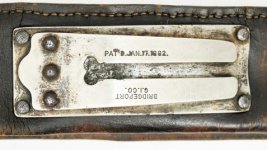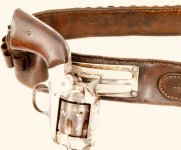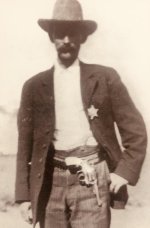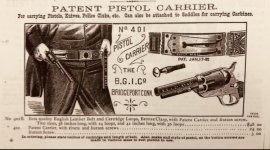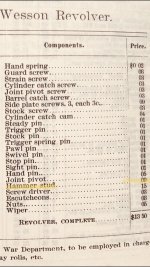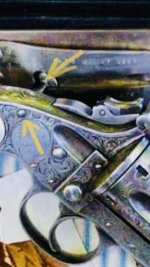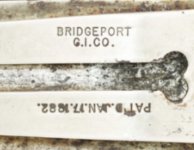I'm spending a lot of my spare time reading endless Military records and found something I didn't know.
In 1882 the US Army purchased several hundred listed in lots of 50, Bridgeport Rigs. They were tested and distributed from the San Antonio Arsenal in Texas. I can confirm over 300 from the records but some researchers claim up to 500!
That Arsenal was designed for both storage and distribution to the Western Frontier.
I've never seen a US issue Schofield 45 with a Bridgeport Rig but issuance to the Arsenal for storage was definite. So it's not a stretch to include the 45 Schofield supporting a Bridgeport Rig and being part of that initial test in the 1882 timeframe.
I haven't seen a follow up report yet but I'm still reading.
Murph
In 1882 the US Army purchased several hundred listed in lots of 50, Bridgeport Rigs. They were tested and distributed from the San Antonio Arsenal in Texas. I can confirm over 300 from the records but some researchers claim up to 500!
That Arsenal was designed for both storage and distribution to the Western Frontier.
I've never seen a US issue Schofield 45 with a Bridgeport Rig but issuance to the Arsenal for storage was definite. So it's not a stretch to include the 45 Schofield supporting a Bridgeport Rig and being part of that initial test in the 1882 timeframe.
I haven't seen a follow up report yet but I'm still reading.
Murph
Attachments
Last edited:

